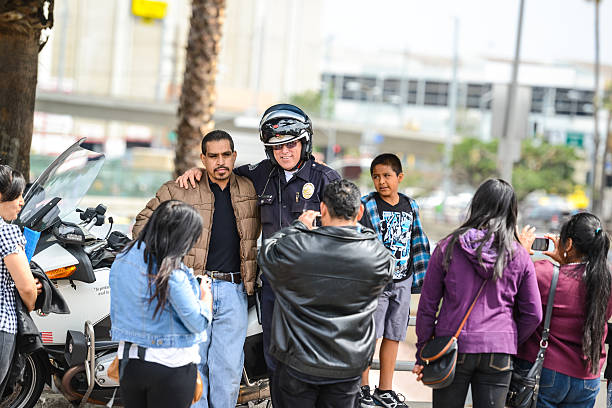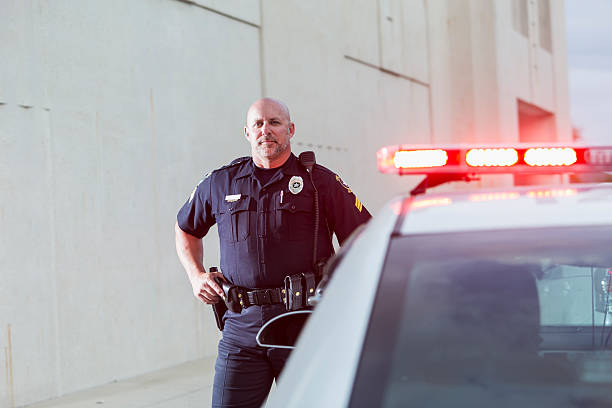Introduction
In an age where trust and community relations are paramount for law enforcement agencies, building a people-centric police brand is vital. A strong and positive police brand not only enhances an agency’s reputation but also fosters trust, cooperation, and safety within the community. This blog post will explore the strategies, insights, and actionable recommendations for law enforcement agencies aiming to build a people-centric police brand that actively engages with the community.
The Significance of Community Engagement
Trust and Cooperation: Community engagement is at the heart of trust-building. When police departments actively engage with their communities, it creates an atmosphere of cooperation and mutual respect.
Improved Public Safety: Engaging with the community allows law enforcement agencies to gather valuable information, prevent crime, and address concerns more effectively, ultimately leading to improved public safety.
Enhanced Reputation: A people-centric police brand enhances an agency’s reputation, making it a respected and trusted partner in community well-being.
Recruitment and Retention: Positive community engagement can attract top talent and boost officer morale, aiding in recruitment and retention efforts.
Strategies for Building a People-Centric Police Brand
Community Policing: Embrace community policing as a core philosophy. Assign officers to specific neighborhoods or beats, encouraging them to build positive relationships with residents.
Regular Community Meetings and Community Surveys: Host regular town hall meetings, neighborhood watch programs, and community forums to encourage open dialogue between officers and the public and conduct online surveys with Officer Survey.
Social Media Engagement: Leverage social media platforms to share positive stories, community events, and safety tips. Respond promptly to messages and comments to demonstrate accessibility.
Youth Engagement Programs: Create youth engagement programs, such as police athletic leagues or mentorship initiatives, to build trust and a positive perception of law enforcement among young residents.
Cultural Competence Training: Invest in cultural competence training for officers to ensure respectful and effective interactions with a diverse community.
Transparency in Policies: Make department policies and procedures transparent and easily accessible to the public, demonstrating a commitment to accountability.
Collaborative Problem-Solving: Work collaboratively with community members to identify and address local concerns and priorities.
Citizen Advisory Boards: Establish citizen advisory boards to provide input on policing strategies and to serve as a bridge between the community and the police department.
Community Outreach: Engage in community outreach efforts, such as participating in local events, schools, and religious institutions, to build positive connections.
Feedback Mechanisms: Create mechanisms for residents to provide feedback on officer conduct and policing practices. Act on this feedback to demonstrate responsiveness. Use data to advance your agency forward. To get started schedule your free demo with Officer Survey.
Conclusion
Building a people-centric police brand is an ongoing commitment that pays dividends in terms of community trust, cooperation, and safety. By actively engaging with the community through strategies like community policing, regular meetings, social media engagement, and youth programs, law enforcement agencies can create a positive and mutually beneficial relationship with the public they serve. This people-centric approach not only enhances the agency’s reputation but also leads to improved public safety, better recruitment, and stronger community support. In today’s world, where community trust is essential for effective policing, these strategies are essential for building a police brand that truly serves and represents the people.








